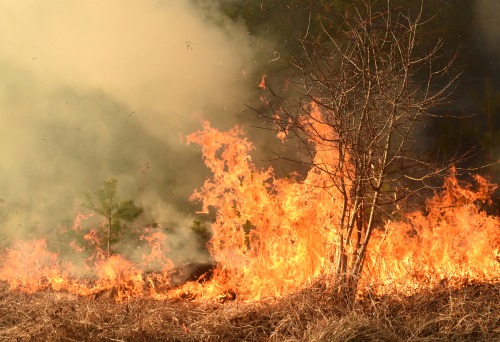
On Thursday, the U.S. House passed legislation designed to combat wildfires across the country.
The Wildfire Tech Demonstration, Evaluation, Modernization, and Optimization (DEMO) Act, a bipartisan bill introduced by U.S. Rep. Young Kim (R-CA) would allow private entities to partner with federal land management agencies to test wildfire technologies alongside ongoing fuels mitigation activities and training, officials said.
“Southern California wildfires, including the Airport Fire in our area, are a pressing reminder of the importance of wildfire response. Our first responders need all available tools to keep our communities safe and combat the ever-changing threat posed by wildfires,” Kim said. “The DEMO Act will help us more quickly develop and deploy emerging technologies for wildfire response. I am thrilled this important initiative to update wildfire response tools is included in the Fix our Forests Act and will keep fighting to get this done.”
Kim said the DEMO Act would also direct the U.S. Secretary of Agriculture and the U.S. Secretary of the Interior to establish a wildfire technology testbed pilot program. The legislation was included as part of the Fix Our Forests Act passed by the House this week.
The Fix Our Forests Act was introduced by U.S. Reps. Bruce Westerman (R-AR) and Scott Peters (D-CA) in June to increase forest resiliency to catastrophic wildfires and restore forest health.
“America’s forests are in jeopardy. Insufficient management driven by bureaucratic red tape and frivolous litigation have turned vast swaths of our federal forests into overgrown and unhealthy tinderboxes. The Fix Our Forests Act will revolutionize the way we manage our forests and support active and responsible management of federal lands with the best available technology and science, leaving them more resilient for generations to come,” Westerman, the chair of the House Committee on Natural Resources, said.
The bill will simplify and expedite environmental reviews for forest management projects while promoting federal, state, tribal and local collaboration and creating a framework that prioritizes treatments in the forests at highest risk of wildfire, and encouraging the use of science and technologies by federal land managers.




